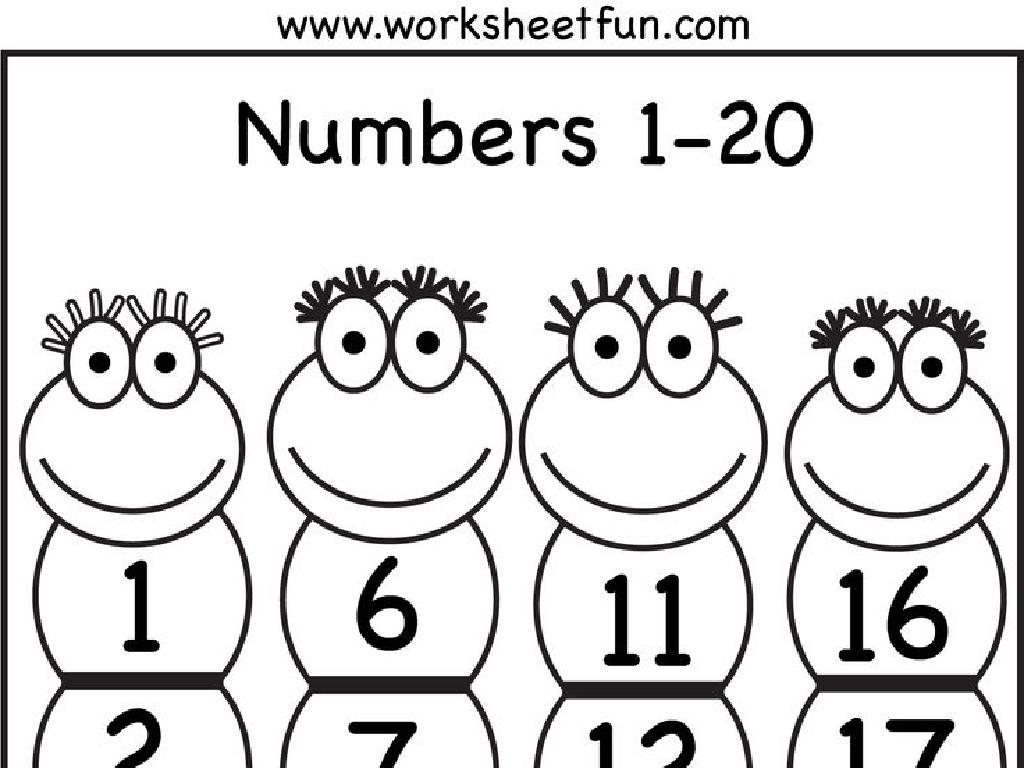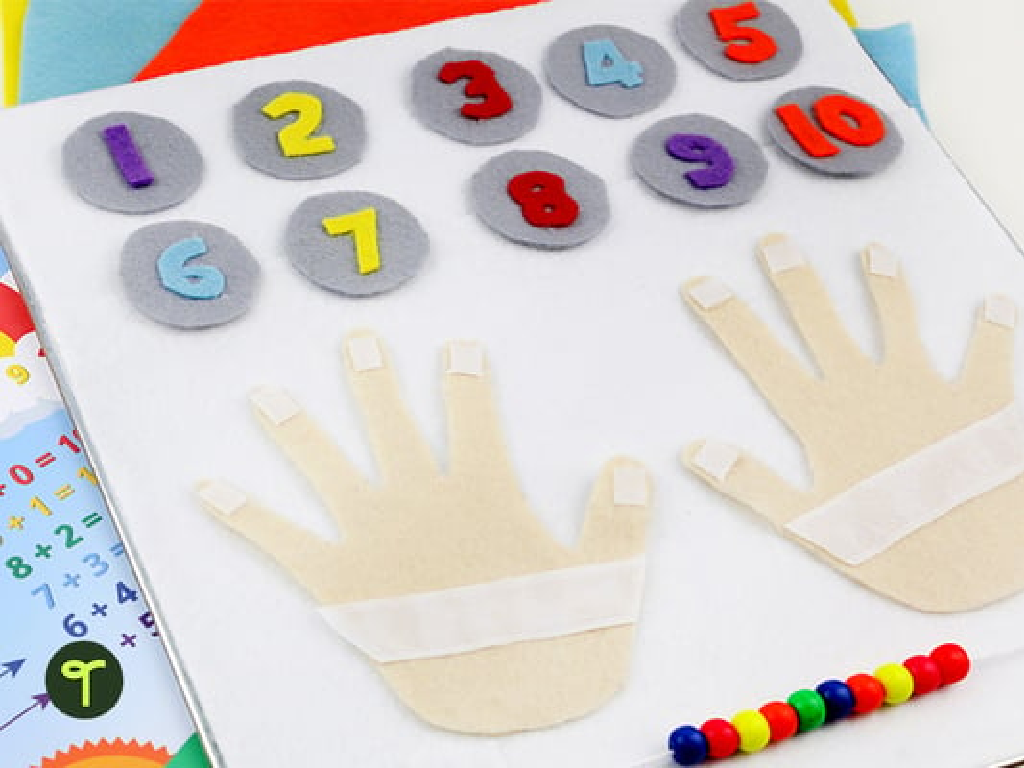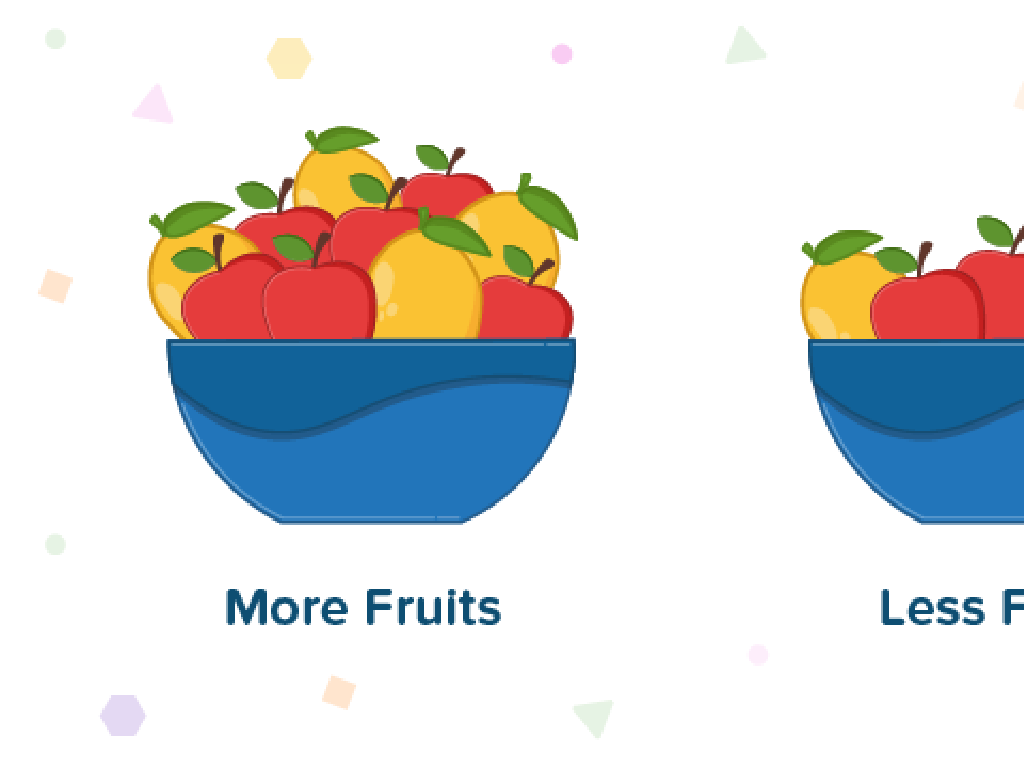Area Between Two Rectangles
Subject: Math
Grade: Fifth grade
Topic: Area
Please LOG IN to download the presentation. Access is available to registered users only.
View More Content
Welcome to Area Exploration!
– Greet and set a positive tone
– Review the concept of area
– Area is measured in square units
– Discuss area’s importance
– Area helps in real-life space planning
– Introduce area between rectangles
– It’s the space inside one rectangle but outside another
|
Begin the class with a warm welcome to set a positive learning environment. Quickly review the concept of area, ensuring students recall that it’s the measure of space inside a shape and is expressed in square units (like square feet or square meters). Highlight the importance of understanding area in practical situations such as determining the amount of paint needed for a wall or the size of carpet for a room. Then, introduce the day’s topic: finding the area between two rectangles. This concept can be visualized as the space that is covered by one rectangle but not by another, which is common in layout design and architecture. Use diagrams to illustrate this concept clearly.
Understanding Area: Rectangles
– Recap area with an example
– Area is space inside a shape, like a bedroom floor
– Rectangle area formula
– Area = length × width, for rectangles
– Solve a rectangle area problem
– If length is 5m and width is 3m, area is 15m²
– Discuss area between rectangles
– Subtract smaller rectangle area from larger to find space between
|
Begin with a brief review of the concept of area, using a relatable example such as the area of a bedroom floor to make it tangible for fifth graders. Introduce the formula for the area of a rectangle and emphasize the multiplication of length by width. Work through a sample problem together, calculating the area of a rectangle with given dimensions. Then, extend the concept to finding the area between two rectangles by subtracting the area of the smaller rectangle from the area of the larger one. This will set the foundation for understanding more complex area problems. Encourage students to visualize the problem and to practice with additional examples.
Comparing Areas of Two Rectangles
– Compare areas of two rectangles
– Measure length and width, then calculate area (length x width)
– Visual aids to show size differences
– Use color-coding or overlays to emphasize the different areas
– Interactive Q&A on area comparison
– ‘Which rectangle is larger and why?’ Encourage students to explain
– Understand larger vs. smaller areas
|
This slide aims to teach students how to compare the areas of two rectangles by calculating their size using the formula for area (length x width). Visual aids such as color-coding or transparent overlays can help students visually grasp the difference in size between the two rectangles. During the interactive Q&A, prompt students to identify which rectangle has a larger area and explain their reasoning. This will help reinforce their understanding of the concept of area and how to compare it between different shapes. Encourage participation by asking questions and providing hints if necessary.
Calculating Area Between Two Rectangles
– Understand area between rectangles
– Find area of both rectangles
– Area = length × width for each rectangle
– Subtract smaller from larger area
– Use subtraction to find the area in between
– Visual example with nested rectangles
– Example: A garden with a smaller flower bed inside
|
This slide introduces the concept of finding the area between two rectangles, which is a practical skill for understanding space distribution. Start by explaining that the area is the size of a surface. Show how to calculate the area of each rectangle by multiplying length by width. Then, demonstrate that finding the area between involves subtracting the area of the smaller rectangle from the larger one. Use a visual example, such as a garden (larger rectangle) with a smaller flower bed (smaller rectangle) inside, to illustrate the concept. Ensure students understand that this method can be used to find the space around an object or space within a boundary.
Calculating Area Between Two Rectangles
– Example problem walkthrough
– Find area of larger rectangle
Length x Width of the outer rectangle
– Find area of smaller rectangle
Length x Width of the inner rectangle
– Subtract to find the area between
Larger area – Smaller area gives the space between
|
This slide is designed to guide students through the process of finding the area between two rectangles. Start with a step-by-step walkthrough of an example problem, ensuring to explain each step clearly. First, calculate the area of the larger rectangle by multiplying its length by its width. Repeat the process for the smaller rectangle. Then, to find the area between the two rectangles, subtract the area of the smaller rectangle from the area of the larger one. This will give the area of the space that is not overlapped by the smaller rectangle. Encourage students to visualize the problem and understand that they are finding the area of the ‘border’ created by the two rectangles. Provide additional practice problems for students to solve independently.
Practice Problems: Area Between Rectangles
– Solve practice problems together
– Pair up for collaborative learning
– Work with a partner to find the area between two rectangles
– Teacher support during activity
– I will walk around to help and answer questions
– Share solutions with the class
– We’ll discuss different solutions afterwards
|
This slide is designed to engage students in hands-on practice with finding the area between two rectangles. Provide a set of problems that vary in difficulty to cater to all students. Encourage students to work in pairs to promote teamwork and peer learning. As they work, circulate the room to offer support, clarify doubts, and challenge students to think critically. After the activity, invite pairs to share their solutions and methods with the class, fostering a collaborative learning environment. This will also allow students to see multiple approaches to the same problem, enhancing their understanding of the concept.
Class Activity: Exploring Area Between Rectangles
– Draw two rectangles on graph paper
– Calculate the area of each rectangle
– Area = length x width for each rectangle
– Find the area between the two rectangles
– Subtract the smaller area from the larger area
– Be creative with placement and size
|
In this activity, students will apply their knowledge of area to a hands-on project. Provide each student with graph paper and instruct them to draw two rectangles, one smaller and inside the other. They should use the formula for the area of a rectangle (length x width) to calculate the area of both the inner and outer rectangles. Afterward, they will subtract the area of the smaller rectangle from the larger one to find the area between them. Encourage students to experiment with different sizes and placements of rectangles to understand how the area between them can change. This activity will help solidify their understanding of area in a practical and engaging way. Possible variations for different students could include using colored pencils to shade the areas, comparing areas between different pairs of rectangles, or even exploring the concept with 3D rectangular prisms if time and resources allow.
Review and Reflect: Area Between Two Rectangles
– Review area calculation steps
– Remember to multiply length by width for each rectangle
– Discuss common calculation errors
– Don’t forget to subtract the smaller area from the larger area
– Share your learning experience
– What new things did you learn today?
– Talk about helpful strategies
– Did you use any tricks to remember the steps?
|
This slide aims to consolidate the students’ understanding of finding the area between two rectangles. Start by reviewing the steps to calculate the area of each rectangle and then finding the difference between the two. Highlight common errors, such as mixing up length and width or forgetting to subtract the smaller area from the larger one. Encourage students to share their insights and any strategies they used to understand the concept better. This reflection will help reinforce their learning and provide an opportunity for peer learning. As a teacher, listen to the students’ strategies and acknowledge their efforts, which will help them feel more confident in their math skills.
Homework: Exploring Areas
– Complete similar area problems
– Describe your problem-solving steps
– Write down each step you take to find the area between rectangles
– Utilize available resources
– Use your textbook, notes, or ask a family member if you’re stuck
– Review today’s classwork for help
– Look back at the examples we did together in class
|
This homework assignment is designed to reinforce the concepts learned in class about finding the area between two rectangles. Students should attempt problems that are similar to what was covered in class to ensure they understand the material. Encouraging them to write down their problem-solving process will help them think critically about the steps they take and also provide a way for you to assess their understanding. Remind them to use their textbook, class notes, or ask someone at home for help if they encounter difficulties. Additionally, reviewing the classwork will provide them with a refresher of the methods used during the lesson. The goal is for students to become more independent in their problem-solving and to feel confident in seeking help when needed.





